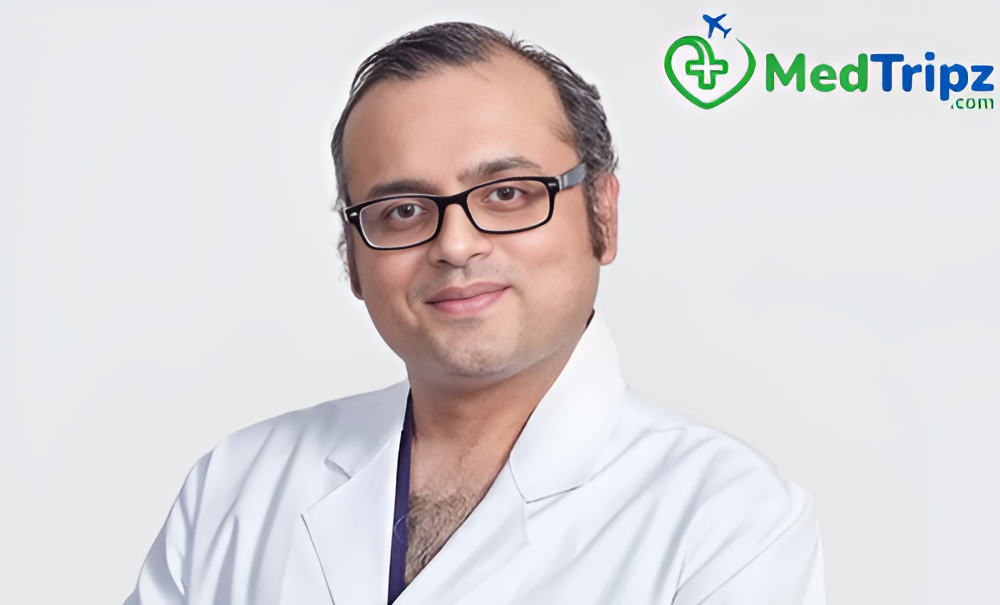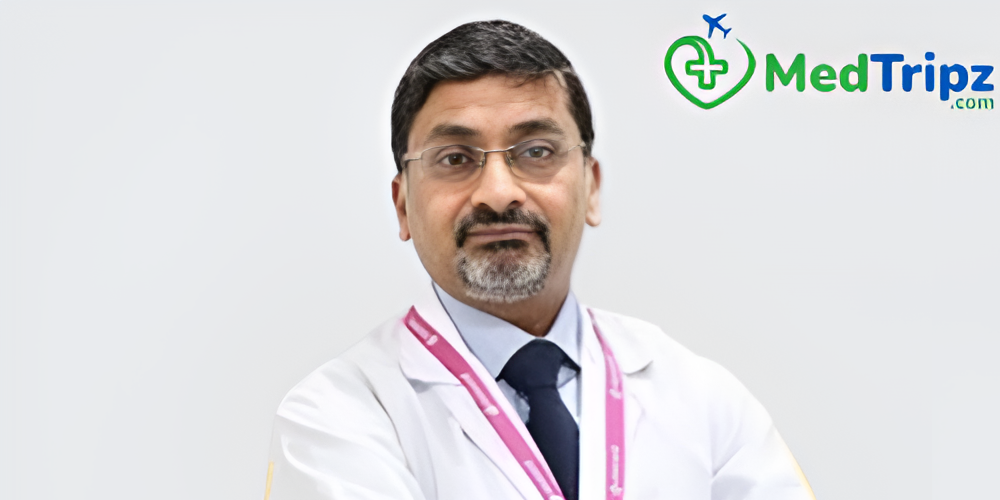Procedure Type
SurgicalProcedure Duration
30 min - 90 minHospital Stay (Days)
0-1 DayA varicocele is an abnormal enlargement of the veins within the scrotum, similar to varicose veins that occur in the legs. It primarily affects the pampiniform plexus, a network of veins that drain the testicles. Varicoceles often develop during puberty and may be more noticeable when standing or straining. Although many varicoceles are harmless, some can cause pain, testicular atrophy, or infertility.
Varicoceles are typically caused by malfunctioning valves within the veins of the spermatic cord. These valves are meant to regulate blood flow, but when they fail, blood pools in the veins, causing them to stretch and enlarge. The condition is more commonly found on the left side due to the unique anatomy of the left testicular vein. The exact cause of valve failure is often unclear but may be linked to anatomical or congenital factors.
Most varicoceles are asymptomatic and discovered during routine physical exams or fertility evaluations. When symptoms occur, they may include dull or aching pain in the scrotum, a feeling of heaviness, or a visible cluster of enlarged veins resembling a "bag of worms." Some men may also notice shrinking of the affected testicle or experience reduced sperm quality, which can impact fertility.
Treatment is recommended when a varicocele causes chronic pain, testicular shrinkage, or infertility. It may also be advised if a couple is experiencing difficulty conceiving and the male partner has a varicocele with abnormal semen parameters. In adolescents, treatment may be considered if there is significant testicular growth discrepancy between the two sides.
A varicocele is usually diagnosed through a physical examination while the patient is standing. The doctor may also perform a Valsalva maneuver (bearing down) to make the veins more prominent. In cases where the diagnosis is uncertain or when evaluating fertility issues, a scrotal ultrasound is used to provide clear images of the veins and confirm the presence and severity of the varicocele.
Treatment for varicocele includes both surgical and minimally invasive options. The most common procedure is varicocelectomy, which involves surgically tying off the affected veins to redirect blood flow. This can be performed through open surgery, laparoscopy, or a microsurgical approach, depending on the case. Another less invasive option is percutaneous embolization, where a radiologist blocks the abnormal veins using a catheter and small coils or a solution. Both methods aim to restore proper blood flow and improve symptoms or fertility outcomes.

Chairperson Heart & Lungs Transplant - CTVS

SENIOR DIRECTOR CARDIO THORACIC VASCULAR SURGERY

Director MBBS, MS (General Surgery), M.Ch (CTVS)
Microsurgical varicocelectomy is considered the gold standard for varicocele treatment. It involves using a high-powered surgical microscope to precisely identify and ligate only the abnormal veins while sparing nearby structures such as arteries and lymphatic vessels. This approach reduces the risk of complications, such as hydrocele formation, and has a high success rate with minimal recurrence.
Recovery depends on the type of procedure performed. After microsurgical varicocelectomy, most patients can return to light activity within a few days and resume normal activities, including exercise, in about two weeks. Discomfort typically resolves within a week. In the case of embolization, recovery may be even quicker, often with minimal post-procedure pain. Full improvement in sperm parameters may take 3 to 6 months following treatment.

New Delhi, India

Faridabad, India

Hyderabad, India
Honest Guidance, Reliable Support, Seamless Journeys.
Provide Us
Reports


Get Medical
Opinions


Pre-Arrival
Arrangements


Visa
Support


Assistance in
Treatments


Fly back and
Follow Up

